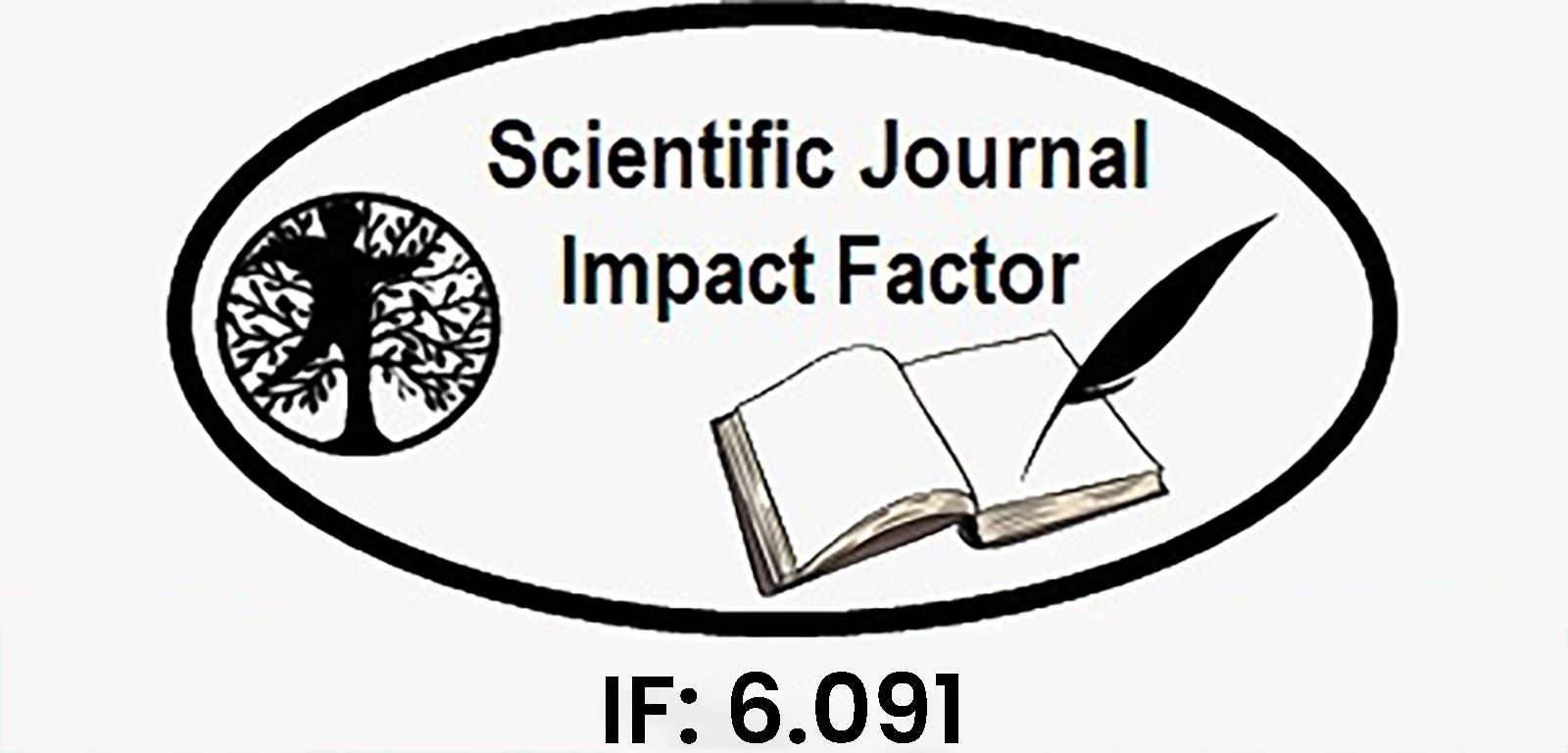Exploring Explainable Deep Learning Models In Genomic Medicine: A Step Toward Trustworthy Ai In Biomedical Informatics
DOI:
https://doi.org/10.62647/Keywords:
Explainable Artificial Intelligence (XAI), Deep Learning, Genomic Medicine, Interpretability, SHAP, Deep LIFT, Layer-wise Relevance Propagation (LRP), Attention Mechanism, Biological Validation, Clinical Genomics, Precision Medicine, Transformer Models, Variant Prediction.Abstract
Deep learning (DL) has changed genomic medicine by making it possible to accurately model complicated biological patterns in high-dimensional omics data. Architectures like convolutional neural networks (CNNs), Recurrent neural networks (RNNs), and transformers have gotten the best results at predicting transcription factor binding, chromatin accessibility, and variant effects. However, their lack of interpretability makes them less useful in clinical settings. As a result, explainable artificial intelligence (XAI) approaches have become an important addition to deep learning (DL). Their goal is to make model predictions clear, biologically relevant, and reliable.
This paper gives a full overview of explainable deep learning frameworks for genomic medicine. It includes both post-hoc interpretability approaches like SHAP, Deep LIFT, Layer-wise Relevance Propagation (LRP), and Integrated Gradients, as well as inherent processes like attention. We look at important contributions in the subject and talk about their methods, strengths, weaknesses, and how well they fit with experimental biological findings. A five-phase methodology is suggested for creating genomic models that can be understood. These phases include data preparation, model architecture, explanation integration, biological validation, and clinical simulation.
There are also big problems that need to be solved, such the lack of XAI tools that are specialized to a certain field, common interpretability measures, and the ability to use them in clinical processes. Future plans include creating physiologically based explanation algorithms, interpretability pipelines that follow the rules, and wet-lab co-validation. This work attempts to close the gap between high-performance models and their use in the real world, making it possible for AI systems to be clear and trustworthy in precision genomic medicine.
Downloads
Downloads
Published
Issue
Section
License
Copyright (c) 2025 Pegadapelli Srinivas, Anjaiah Adepu (Author)

This work is licensed under a Creative Commons Attribution-NonCommercial-NoDerivatives 4.0 International License.















